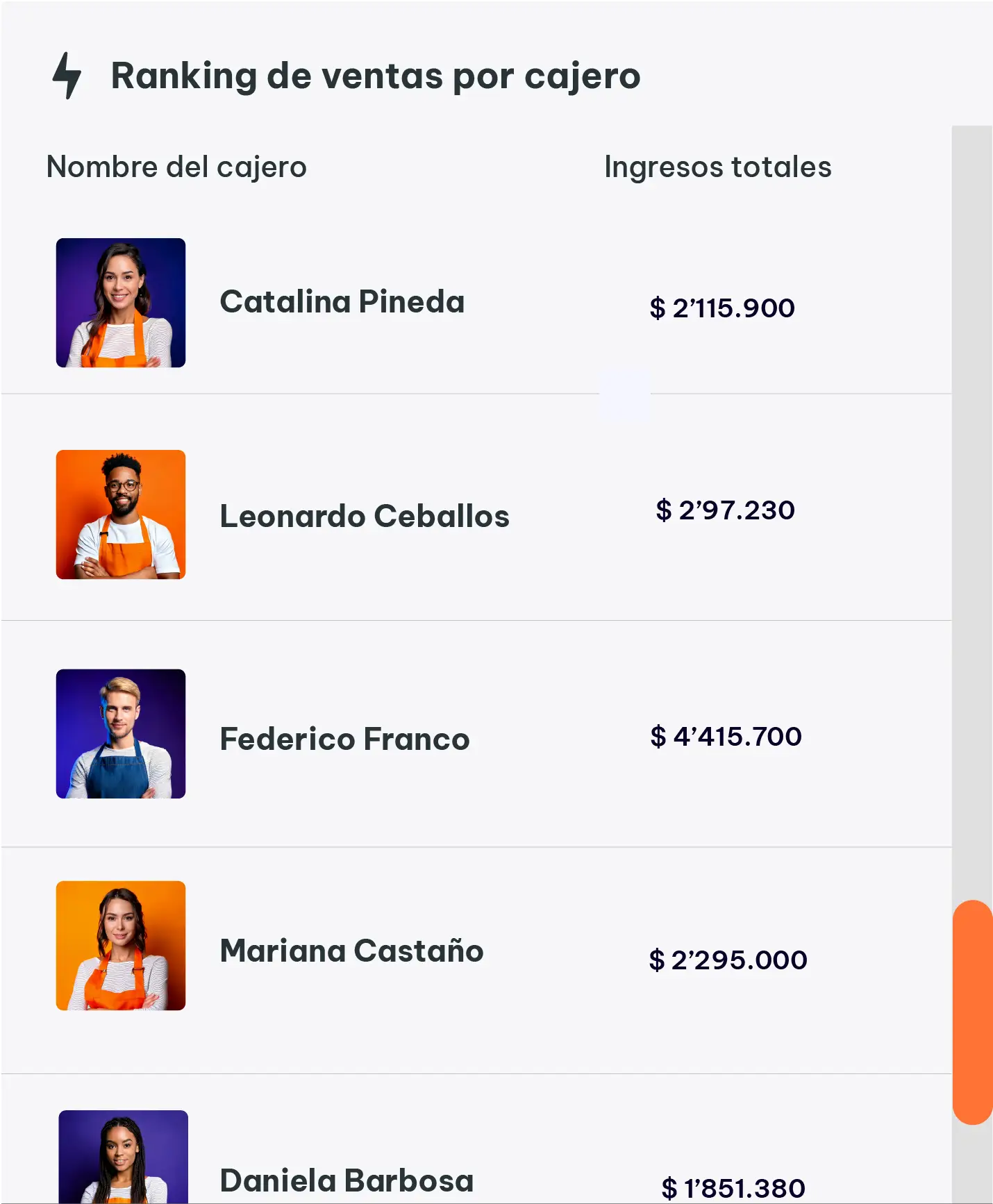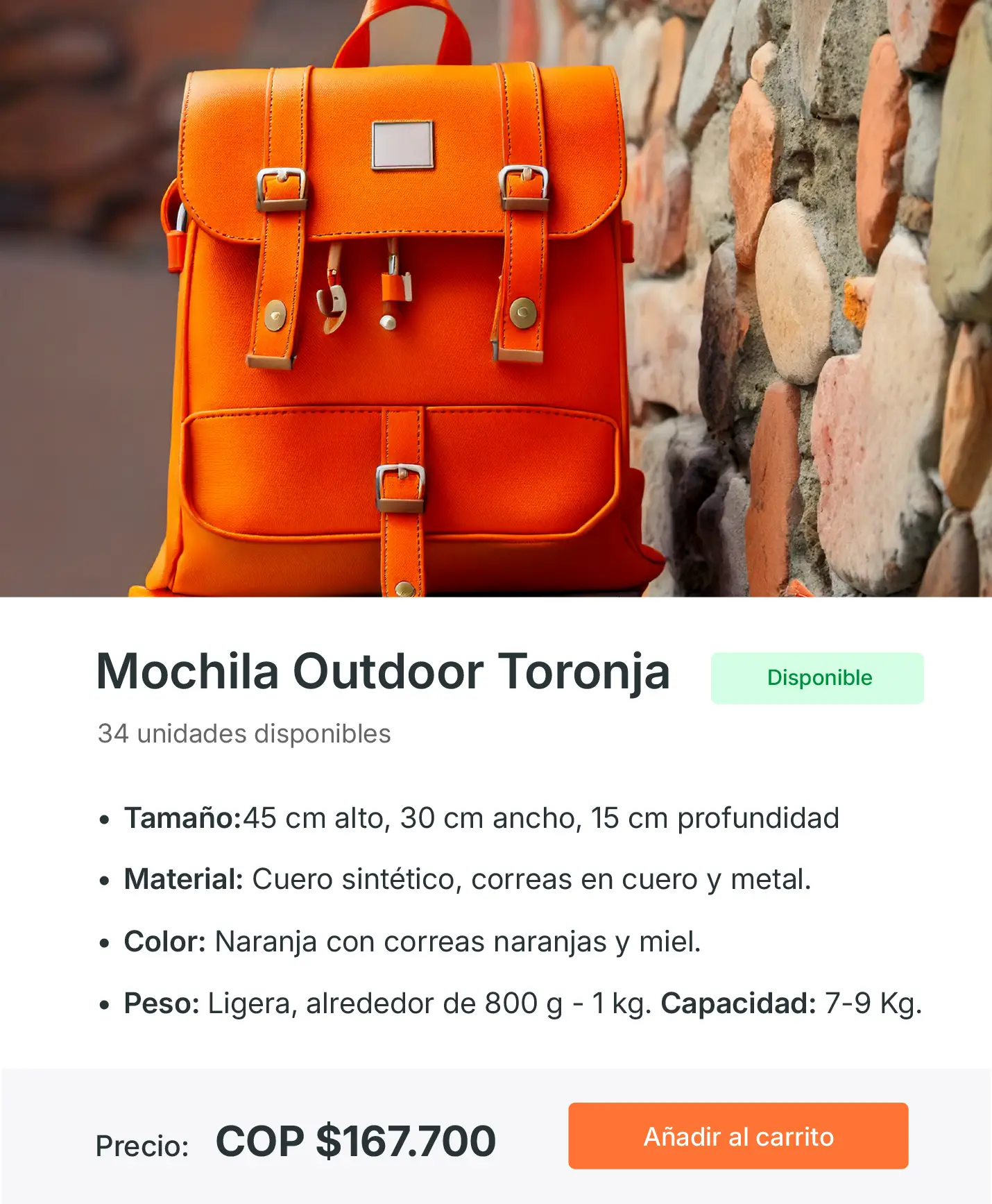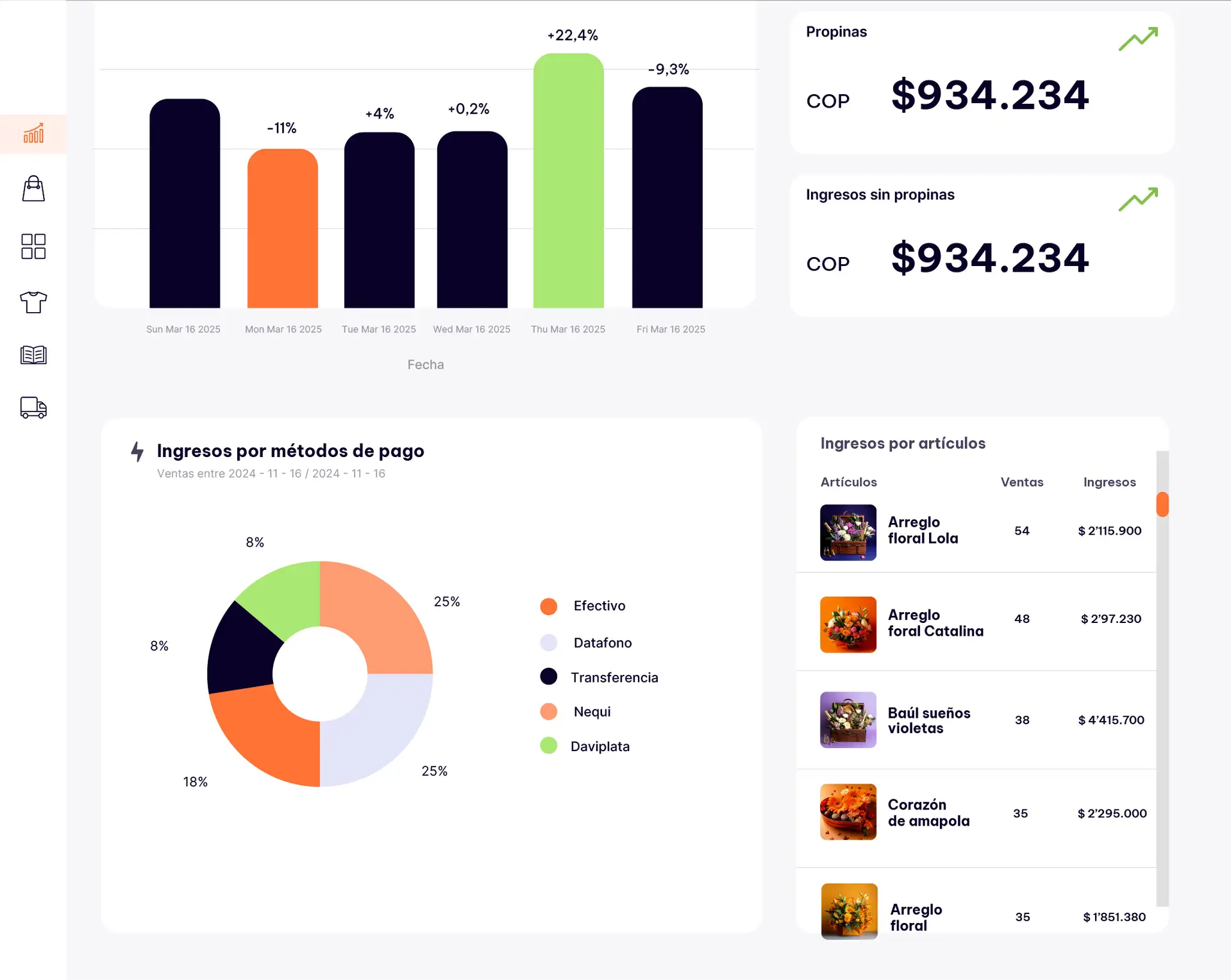Introduction
The seasons change, and so do your customers’ needs, desires, and purchasing behaviors. As a retail entrepreneur, you stand at the threshold of one of the most powerful marketing opportunities available to small businesses: seasonal campaigns. Yet, many retailers watch these golden opportunities slip by, either because they feel overwhelmed by the complexity of planning ahead or because they believe seasonal marketing is only for big corporations with massive budgets.
Nothing could be further from the truth. In fact, seasonal campaigns offer small retailers a unique advantage over larger competitors. While big box stores rely on generic, one-size-fits-all approaches, you have the agility to create intimate, personalized seasonal experiences that speak directly to your community’s heart. You can pivot quickly, respond to local trends, and create campaigns that feel authentic rather than manufactured.
The emotional connection between seasons and consumer behavior runs deeper than simple weather changes. Spring awakens renewal and fresh starts, summer brings adventure and relaxation, autumn signals preparation and comfort, while winter embodies celebration and reflection. These emotional currents create natural buying motivations that, when properly harnessed, can transform your business performance throughout the year.
Consider this: retailers who implement strategic seasonal campaigns typically see revenue increases of 20-40% during peak seasons compared to those who don’t. But the benefits extend far beyond immediate sales. Seasonal campaigns help you manage inventory more effectively, create customer anticipation and loyalty, differentiate your brand from competitors, and establish predictable revenue patterns that make business planning more reliable.
The challenge isn’t whether seasonal campaigns work – it’s knowing how to plan and execute them effectively with limited resources and time. Many retailers make the mistake of starting too late, planning too little, or trying to copy what everyone else is doing instead of leveraging their unique position in the market.
This guide will walk you through a proven framework for creating seasonal campaigns that work for small retailers. You’ll discover how to plan your campaigns months in advance, create compelling seasonal messaging that resonates with your specific audience, manage inventory strategically to maximize profits while minimizing waste, and execute campaigns that build momentum throughout each season while setting the foundation for long-term customer relationships.
Whether you’re running a boutique clothing store, a specialty food shop, a home goods retailer, or any other type of retail business, the principles and strategies in this guide will help you transform seasonal opportunities into consistent business growth. The best part? You don’t need a huge budget or a large team to succeed. You just need the right approach, proper timing, and the confidence to start planning your first seasonal campaign today.
1. Understanding Seasonal Consumer Psychology and Market Timing
The foundation of successful seasonal campaigns lies in understanding the psychological drivers that influence consumer behavior throughout the year. This isn’t just about recognizing that people buy swimwear in summer and coats in winter – it’s about understanding the deeper emotional and practical motivations that create purchasing decisions during different seasons.
Consumer psychology shifts dramatically with the seasons, influenced by biological rhythms, cultural traditions, and practical needs. During spring, customers experience what psychologists call “renewal motivation” – a biological drive to refresh, restart, and improve their lives. This translates into increased spending on health and fitness products, home improvement items, fashion updates, and organizational tools. Smart retailers capitalize on this by positioning their products as tools for transformation and fresh starts.
Summer psychology centers around freedom, adventure, and social connection. Consumers are more willing to spend on experiences, travel-related items, outdoor equipment, and products that enhance social gatherings. The longer daylight hours and warmer weather create what retail analysts call “optimism spending” – people feel more positive and are more likely to make impulse purchases and try new products.
Autumn brings “preparation psychology” as consumers instinctively prepare for the coming winter months. This creates natural demand for comfort items, home goods, preservation and storage solutions, and anything that provides security and warmth. The back-to-school season adds another layer with “achievement motivation” driving purchases related to productivity, organization, and goal-setting.
Winter psychology is complex, combining celebration (holidays), reflection (year-end), and survival instincts (cold weather preparation). Understanding these multiple psychological currents allows retailers to create multi-layered campaigns that address different customer motivations simultaneously.
Market timing requires understanding both macro and micro seasonal patterns. Macro patterns include major seasons and holidays that affect all retailers. Micro patterns are specific to your industry, location, and customer base. For example, a children’s clothing retailer needs to understand that parents shop for school clothes in late summer, but also that growth spurts create mini-seasons throughout the year when parents need to replace outgrown items.
Practical Exercise: Create a seasonal psychology map for your business. List each season and identify the primary emotional drivers that would motivate your customers to purchase your products during that time. Then, identify the specific timing when these psychological drivers are strongest in your market.
2. Strategic Campaign Planning: The 90-Day Lead Time Framework
Successful seasonal campaigns require strategic planning that begins at least 90 days before your target season. This lead time allows for proper inventory procurement, marketing material development, staff training, and the gradual build-up of customer anticipation that makes campaigns truly effective.
The 90-day framework breaks down into three distinct phases: Planning Phase (Days 90-61), Preparation Phase (Days 60-31), and Execution Phase (Days 30-0). Each phase has specific objectives and tasks that build upon the previous phase to create a comprehensive campaign that launches smoothly and performs consistently.
During the Planning Phase, focus on campaign strategy development, trend research, and initial inventory decisions. This is when you analyze previous seasonal performance, research emerging trends, identify your core campaign message, and make preliminary inventory commitments. Don’t rush this phase – the decisions you make here will determine your campaign’s success or failure.
Start by analyzing your previous seasonal performance if you have historical data. Look at which products sold well, when sales peaked, what marketing messages resonated, and where you encountered problems. If you’re new to seasonal campaigns, research your competitors and industry trends, but don’t simply copy what others are doing. Instead, look for gaps in the market that you can fill with your unique positioning.
Trend research during this phase should focus on both macro trends (affecting all retailers) and micro trends (specific to your niche). Use social media monitoring tools, industry publications, and customer feedback to identify emerging trends early. Remember that trends typically take 6-12 months to fully develop, so you’re looking for early signals rather than fully formed trends.
The Preparation Phase focuses on execution planning and resource allocation. This is when you finalize inventory orders, create marketing materials, train staff, and begin building customer anticipation. Inventory decisions made during this phase should be based on conservative estimates with flexibility built in for adjustments based on early market signals.
Marketing material development during this phase should include all visual assets, written content, email sequences, social media content, and any print materials you’ll need. Create these materials early enough to allow for revisions and testing. Consider creating multiple versions of key materials so you can test different approaches and optimize based on early results.
The Execution Phase is when your campaign goes live, but the work doesn’t stop there. This phase requires constant monitoring, optimization, and adjustment based on real-time performance data. Have contingency plans ready for both over-performance (what if you sell out early?) and under-performance (what if sales are slower than expected?).
Practical Exercise: Create a 90-day planning calendar for your next seasonal campaign. Mark key dates for planning decisions, inventory orders, marketing material deadlines, staff training, and campaign launch. Include buffer time for unexpected delays or changes.
3. Inventory Management and Product Curation for Seasonal Success
Effective inventory management is the backbone of successful seasonal campaigns. Poor inventory decisions can turn a potentially profitable campaign into a costly mistake, while strategic inventory management can maximize profits and minimize waste even when campaigns don’t perform exactly as expected.
The key to seasonal inventory management is balancing opportunity with risk. You want enough inventory to capitalize on demand spikes, but not so much that you’re stuck with unsold merchandise when the season ends. This balance requires a systematic approach to demand forecasting, inventory diversification, and flexible procurement strategies.
Start with demand forecasting based on multiple data sources. If you have historical sales data, analyze it for seasonal patterns, but don’t rely solely on past performance. Market conditions change, trends evolve, and your business grows. Supplement historical data with market research, competitor analysis, and customer feedback to create more accurate demand forecasts.
Create inventory tiers based on confidence levels. Tier 1 should include products you’re highly confident will sell – these are your core seasonal items that have proven demand. Order these products early and in sufficient quantities to avoid stockouts. Tier 2 includes products with moderate confidence – trends that seem promising but aren’t proven. Order these in smaller quantities with the option to reorder if they perform well. Tier 3 includes experimental products – new trends or products you want to test. Order minimal quantities and treat these as market research investments.
Product curation for seasonal campaigns goes beyond simply selecting products that fit the season. You’re creating a cohesive experience that tells a story and guides customers through a journey. Think about how products work together to create lifestyle solutions rather than just individual purchases.
Develop product bundles and cross-selling opportunities that increase average transaction values while providing genuine value to customers. For example, a home goods retailer might create “cozy autumn evening” bundles that include candles, throw blankets, and specialty teas. These bundles should feel natural and solve real customer problems, not just increase sales.
Consider the customer journey when curating your seasonal selection. Include entry-level products that attract price-sensitive customers, mid-range products that represent your core offering, and premium products that appeal to customers seeking luxury or uniqueness. This range ensures you can serve different customer segments within the same seasonal campaign.
Plan for inventory lifecycle management from the beginning. Some seasonal products can be stored and sold again next year, while others need to be cleared quickly to avoid obsolescence. Factor storage costs and depreciation into your pricing strategy. Create clear plans for end-of-season clearance that protect your profit margins while moving inventory efficiently.
Practical Exercise: Create an inventory planning worksheet with three tiers for your next seasonal campaign. List specific products in each tier, estimate quantities needed, identify suppliers and lead times, and calculate your maximum risk exposure if products don’t sell as expected.
4. Creative Messaging and Multi-Channel Campaign Execution
The creative execution of your seasonal campaign is where strategic planning transforms into customer engagement and sales. Your messaging needs to resonate emotionally with customers while clearly communicating the practical benefits of your seasonal offerings. This requires a deep understanding of your audience combined with creative execution across multiple marketing channels.
Effective seasonal messaging taps into the emotional currents of each season while connecting those emotions to your specific products and brand values. Rather than generic seasonal references, create messaging that speaks to the specific ways your products enhance your customers’ seasonal experiences. For example, instead of “Spring is here!” try “Refresh your space with colors that celebrate new beginnings” if you’re a home décor retailer.
Develop a core campaign message that can be adapted across different channels while maintaining consistency. This core message should answer three questions: What seasonal need or desire does your campaign address? How do your products uniquely solve this need? What specific action do you want customers to take? Once you have this core message, adapt it for different channels while maintaining the essential elements.
Multi-channel execution doesn’t mean using every available channel – it means strategically selecting channels where your customers are most engaged and where you can execute consistently. For most small retailers, this typically includes email marketing, social media, in-store displays, and website optimization. Choose channels where you can maintain quality over quantity.
Email marketing remains one of the most effective channels for seasonal campaigns because it allows for personalized, timely communication with customers who have already expressed interest in your business. Create email sequences that build anticipation before your campaign launches, provide value during the campaign, and maintain engagement as the season progresses. Include exclusive offers for email subscribers to reward their loyalty and encourage continued engagement.
Social media execution should focus on storytelling and community building rather than just product promotion. Share behind-the-scenes content about your seasonal preparation, customer stories and testimonials, styling or usage tips, and user-generated content featuring your seasonal products. Create hashtags specific to your seasonal campaigns to build community and encourage customer participation.
In-store execution is crucial even if you also sell online. Your physical space should immediately communicate your seasonal campaign when customers enter. This doesn’t require expensive renovations – strategic use of color, lighting, signage, and product displays can transform your space. Create Instagram-worthy moments that encourage customers to share their experience, extending your campaign’s reach organically.
Website optimization for seasonal campaigns includes updating your homepage to reflect the current campaign, creating dedicated landing pages for seasonal collections, optimizing product descriptions with seasonal keywords, and ensuring your site’s visual design supports your campaign messaging. Make it easy for customers to find and purchase your seasonal offerings.
Measure campaign performance across all channels using consistent metrics that tie back to your business objectives. Track not just immediate sales, but also email sign-ups, social media engagement, website traffic, and customer feedback. Use this data to optimize your campaign in real-time and inform your planning for future seasonal campaigns.
Practical Exercise: Create a campaign messaging framework with your core message adapted for three different channels. Write specific copy for an email subject line, a social media post, and an in-store sign, ensuring all three maintain message consistency while optimizing for their specific channel characteristics.
5. Performance Optimization and Building Long-Term Seasonal Success
The final phase of seasonal campaign management focuses on optimization during the campaign and building systems for long-term seasonal success. This is where you transform individual campaigns into a sustainable competitive advantage that grows stronger each year.
Real-time optimization requires establishing key performance indicators (KPIs) before your campaign launches and monitoring them consistently throughout the campaign period. Your KPIs should include both leading indicators (email open rates, website traffic, social media engagement) and lagging indicators (sales revenue, conversion rates, average order value). Leading indicators help you spot trends early and make adjustments, while lagging indicators show the ultimate success of your campaign.
Create weekly performance review sessions during your campaign where you analyze data, identify trends, and make tactical adjustments. If certain products are selling faster than expected, can you reorder or adjust your marketing focus? If particular marketing messages are resonating better than others, can you shift more resources to those approaches? The key is maintaining flexibility while staying true to your core campaign strategy.
Customer feedback during seasonal campaigns provides invaluable insights for both immediate optimization and future planning. Actively solicit feedback through surveys, social media engagement, and direct conversations with customers. Pay attention to both positive feedback (what’s working well that you should do more of) and constructive criticism (what could be improved for next time).
Build systems for capturing and organizing campaign learnings throughout the season. Create a campaign journal where you document what worked, what didn’t, unexpected challenges, customer reactions, and ideas for improvement. This documentation becomes the foundation for next year’s planning and helps you avoid repeating mistakes while building on successes.
Long-term seasonal success requires thinking beyond individual campaigns to create an annual seasonal strategy. Map out all four seasons and identify how your seasonal campaigns can work together to create year-round customer engagement and revenue growth. Look for opportunities to create continuity between seasons – customers who engage with your spring campaign should be naturally led into your summer campaign.
Develop seasonal customer lifecycle programs that keep customers engaged throughout the year. This might include seasonal loyalty programs, exclusive previews for repeat seasonal customers, or seasonal advisory services where customers can get early access to trend information and product recommendations.
Build relationships with seasonal suppliers and partners that give you advantages in future campaigns. Reliable suppliers who understand your seasonal needs, local businesses you can cross-promote with, and seasonal employees who return each year all contribute to more efficient and effective campaigns over time.
Create seasonal campaign templates and checklists based on your successful campaigns. These tools help ensure consistency in your planning process while allowing for creative adaptation each season. Templates should include planning timelines, inventory calculation sheets, marketing material checklists, and performance tracking spreadsheets.
Consider seasonal campaigns as opportunities to test new products, marketing approaches, and business strategies. The concentrated attention and increased customer engagement during seasonal campaigns make them ideal testing grounds for innovations that you can apply to your year-round business operations.
Practical Exercise: Design a seasonal success tracking system that includes weekly KPI monitoring during campaigns, post-campaign analysis templates, and annual seasonal strategy planning. Create specific metrics for measuring both short-term campaign success and long-term seasonal business growth.
Final Reflection
As you stand at the beginning of your seasonal campaign journey, remember that every successful retailer started exactly where you are now – with an idea, a plan, and the courage to take action. The strategies and frameworks in this guide aren’t just theoretical concepts; they’re practical tools that hundreds of small retailers have used to transform their businesses and create sustainable growth through seasonal campaigns.
The beauty of seasonal campaigns lies not just in their potential for increased revenue, but in their ability to create deeper connections with your customers. When you align your business with the natural rhythms of your customers’ lives, you become more than just another retailer – you become a trusted partner in their seasonal experiences and celebrations.
Yes, planning and executing seasonal campaigns requires effort, investment, and careful attention to detail. But consider the alternative: watching seasonal opportunities pass by while your competitors capture the attention and spending of customers who could have been yours. The cost of inaction far exceeds the investment required to create effective seasonal campaigns.
Start small if you need to, but start now. Choose one upcoming season and apply the 90-day planning framework. Focus on understanding your customers’ seasonal psychology, curate a small but strategic inventory selection, create authentic messaging that resonates with your audience, and measure your results carefully. Each campaign will teach you valuable lessons that make the next one more successful.
Remember that perfection isn’t the goal – progress is. Your first seasonal campaign doesn’t need to be flawless; it needs to be authentic, well-planned, and genuinely helpful to your customers. As you gain experience and confidence, you can expand your efforts, test new approaches, and refine your strategies.
The seasonal opportunities are there, waiting for retailers brave enough to plan ahead and execute consistently. Your customers are already thinking seasonally – they’re planning their spring refreshes, summer adventures, autumn preparations, and winter celebrations. The question isn’t whether seasonal campaigns work; it’s whether you’ll be ready when your customers are looking for solutions to their seasonal needs.
Take the first step today. Open your calendar and mark the date 90 days before your next target season. That’s when your planning begins. Then use the frameworks, exercises, and strategies in this guide to create a campaign that not only drives immediate results but also builds the foundation for long-term seasonal success.
Your seasonal campaign journey starts now. Your customers are waiting, the opportunities are abundant, and you have everything you need to succeed. The only thing left is to begin.





